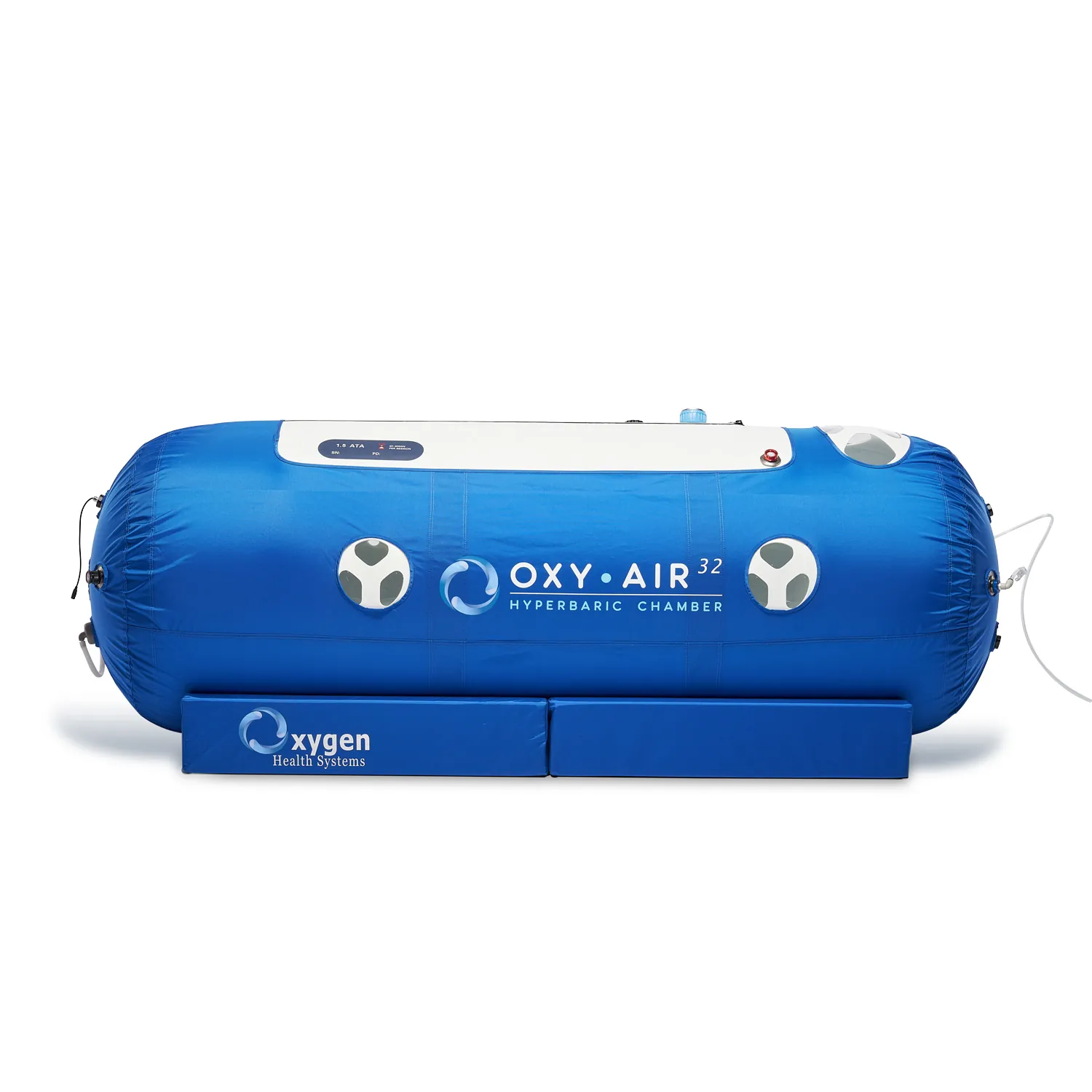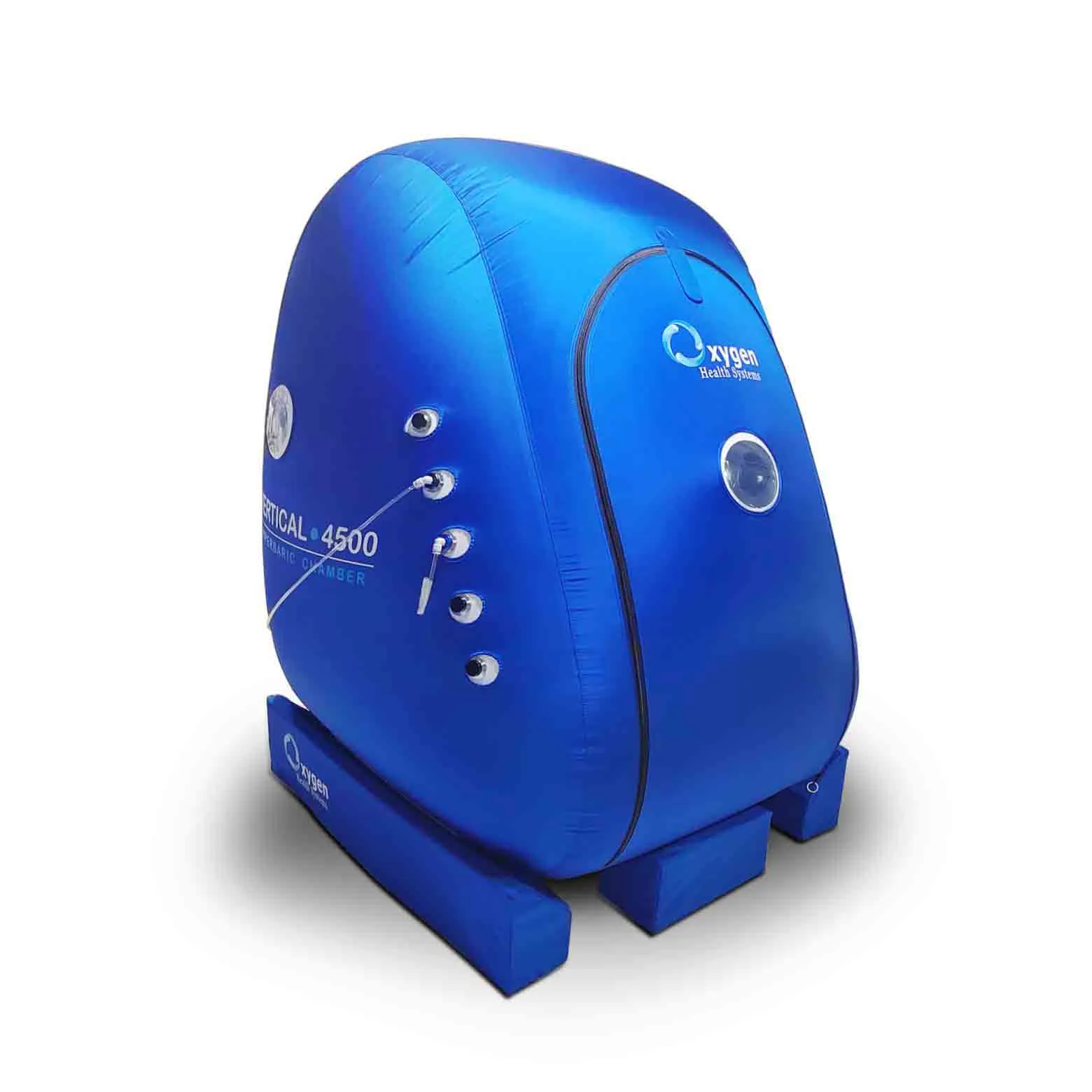Health
12 Conditions You Can Treat With Hyperbaric Oxygen Therapy
Hyperbaric oxygen therapy (HBOT) is gaining recognition as a versatile treatment option for a variety of medical conditions. By increasing the amount of oxygen in the body through exposure to a pressurized oxygen chamber, the body can heal faster and more effectively. Let’s look at the conditions you can treat with hyperbaric oxygen therapy.
Decompression Sickness
Decompression sickness, also known as the bends, commonly affects divers who surface too quickly, causing nitrogen bubbles to form in their bloodstream. Hyperbaric oxygen therapy helps dissolve these bubbles by providing pure oxygen under increased atmospheric pressure. This accelerates the removal of nitrogen from the body, relieving pain and reducing inflammation. For divers and others prone to decompression sickness, HBOT can be a lifesaving treatment. Hospitals and hyperbaric clinics often keep oxygen chambers available specifically for this purpose, ensuring immediate care is accessible when time is critical to preventing permanent damage.
Carbon Monoxide Poisoning
Hyperbaric oxygen therapy is a well-known treatment for carbon monoxide poisoning. By increasing oxygen levels in the blood, HBOT helps expel carbon monoxide from the body more efficiently than normal oxygen therapy. It quickly replenishes oxygen-starved tissues and protects against long-term neurological damage that can occur from severe poisoning. This treatment is especially effective for patients with more severe cases, including those with loss of consciousness or neurological symptoms. Oxygen chambers used to treat carbon monoxide poisoning can be found in emergency care settings, offering rapid intervention in cases of exposure.

Non-Healing Wounds
Chronic, non-healing wounds—such as diabetic ulcers—benefit from the enhanced oxygenation that HBOT provides. Increased oxygen levels help stimulate new blood vessel formation and promote healing in tissues that are typically slow to recover. For patients with conditions like diabetes, this is particularly important, as poor circulation often hinders the body’s natural healing process. Hyperbaric oxygen therapy, used in conjunction with other wound care treatments, can significantly reduce healing time, minimize the risk of infection, and lower the likelihood of amputation, making it a critical option in wound management.
Radiation Injuries
Radiation therapy for cancer can sometimes damage healthy tissues, leading to chronic radiation injuries. These injuries can cause pain, inflammation, and tissue necrosis. HBOT helps by promoting blood flow and oxygenation to the affected areas, improving tissue repair and reducing symptoms of radiation damage. For patients experiencing radiation-induced wounds or other late effects of cancer treatment, hyperbaric oxygen therapy can offer significant relief and improve quality of life. Oxygen chambers have been integrated into many cancer care facilities as an effective option for treating these complex side effects.
Skin Grafts and Flaps
Patients undergoing skin grafts or flap surgeries—whether for burns, trauma, or reconstructive purposes—often require enhanced healing support. Hyperbaric oxygen therapy aids in increasing oxygen delivery to the graft site, improving blood vessel formation and promoting healthy tissue integration. By reducing the risk of tissue rejection and infection, HBOT significantly increases the chances of a successful graft. Surgeons frequently recommend oxygen chambers for post-surgical healing to speed recovery and ensure the longevity of skin grafts and flaps, especially for patients with compromised vascular systems or other risk factors.
Certain Infections
Gangrene and other serious infections that thrive in low-oxygen environments can be treated with hyperbaric oxygen therapy. By flooding the body with oxygen, HBOT helps suppress the bacteria responsible for these infections while boosting the immune system’s ability to fight off harmful pathogens. In cases of gangrene, hyperbaric therapy may prevent the need for extensive surgical debridement or amputation by promoting healthy tissue growth. This treatment is vital for patients with severe infections who need aggressive yet non-invasive medical intervention.
Traumatic Brain Injury
Traumatic brain injuries (TBIs) often result in swelling, reduced oxygen flow, and inflammation in the brain. Hyperbaric oxygen therapy is increasingly being recognized as a beneficial treatment for TBIs by helping to reduce swelling, increase oxygenation to the brain, and promote cellular repair. This can improve cognitive function, memory, and overall brain health for individuals recovering from head injuries. Oxygen chambers are now being used in both acute and rehabilitative settings, offering a non-invasive, supportive therapy for long-term recovery from brain trauma.

Stroke Recovery
After a stroke, the brain often has trouble receiving adequate oxygen, leading to prolonged damage in the affected areas. HBOT benefits stroke survivors by delivering oxygen directly to the brain, helping to repair damaged neurons and enhance cognitive recovery. By stimulating neuroplasticity, HBOT can aid in improving motor function, speech, and other brain functions impaired by the stroke. Many stroke rehabilitation programs now include oxygen chamber therapy as part of a comprehensive recovery plan aimed at maximizing brain health and function post-incident.
Crush Injuries
Crush injuries cause severe damage to tissues, muscles, and blood vessels. These injuries often lead to compartment syndrome, where oxygen delivery is restricted to the affected areas. Hyperbaric oxygen therapy provides a critical intervention by improving blood flow and oxygenation to injured tissues. This reduces swelling, promotes healing, and lowers the risk of necrosis. Oxygen chambers have become a standard part of treatment protocols for severe trauma cases, particularly those involving crush injuries, helping to preserve limb function and prevent amputation.
Anemia
Patients with severe anemia may benefit from hyperbaric oxygen therapy when blood transfusions are not an option. HBOT enhances oxygen delivery to tissues even with low hemoglobin levels, ensuring that vital organs continue to receive the oxygen they need. This can be lifesaving for patients experiencing acute anemia due to trauma, blood loss, or medical conditions that compromise their red blood cell counts. Oxygen chambers provide supplemental oxygen sources that support the body’s immediate oxygenation needs while other treatments for anemia take effect.
Autism Spectrum Disorder
There is emerging evidence that hyperbaric oxygen therapy may benefit individuals with autism spectrum disorder (ASD). While research is still ongoing, some studies suggest that HBOT can improve oxygen flow to the brain and reduce inflammation, potentially leading to enhanced cognitive function, social skills, and behavior in individuals with ASD. While not a standalone treatment, hyperbaric oxygen therapy is being explored as a complementary approach alongside traditional therapies to support better outcomes for children and adults on the autism spectrum.
Post-Surgical Recovery
Hyperbaric oxygen therapy is often used to accelerate post-surgical healing by increasing oxygen delivery to surgical sites, reducing swelling, and promoting faster tissue repair. This therapy can be especially beneficial for patients recovering from extensive or complex surgeries, including cosmetic, orthopedic, or gastrointestinal procedures. By enhancing the body’s natural healing processes, oxygen chambers help reduce recovery times and minimize the risk of complications, such as infections or poor wound healing. For patients looking to recover quickly and efficiently, HBOT is an excellent supportive treatment to consider.
Now that you know the various conditions you can treat with hyperbaric oxygen therapy, it’s clear that oxygen chambers are an important tool in modern medicine. Whether you’re recovering from an injury, treating a chronic illness, or seeking alternative therapies for complex conditions, HBOT can provide critical support to help you heal faster and more effectively.






